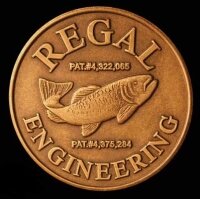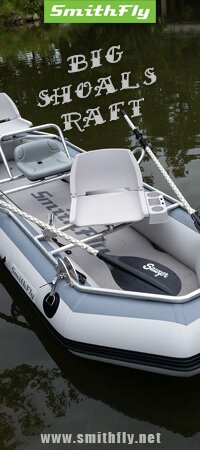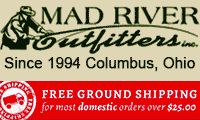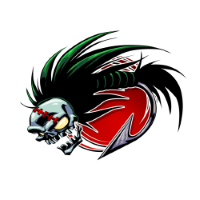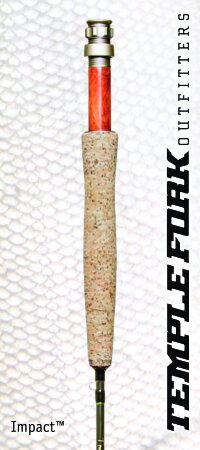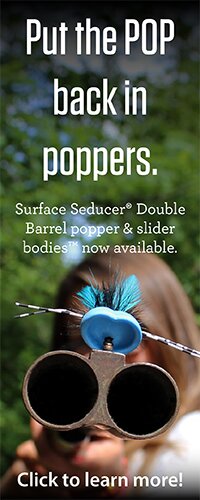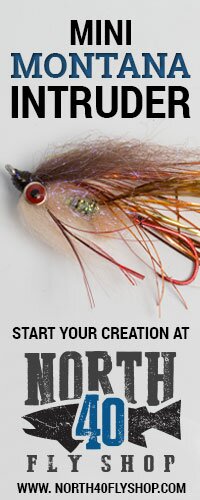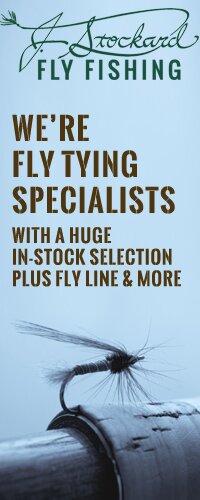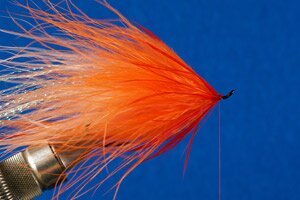
As a follow-up from yesterday’s post, Philip will explain the Alaskabou series of flies in this post.
Be sure to check out Philip’s website, Fly Craft Angling.
The pedigree of northwest steelhead fly fishers realizing advantage of the animated properties of marabou is impressive. Trey Combs, Bob Aid, John Farrar, Mike Kinney, Joe Butorac and George Cook to name a few were all seduced by the magic of marabou. Each of these renowned tiers manipulated marabou in their own way. Steelhead marabou pioneer Bob Aid was one of the first to utilize the entire marabou plume, securing it in place by the tip and winding forward using the stem to guide and place the marabou. Bob Aid’s flies featured a small dubbing collar to help keep the long supple marabou strands from collapsing and fouling the hook. Others, such as John Farrar used dubbing loops to form marabou hackles. Placing marabou strands into a dubbing loop can be tricky and frustrating for some. Now today’s tiers taking advantage of Marc Petitjean’s Magnum Magic Tool can fold and manage marabou plumes easily. Marabou hackles, including unique contrasting color combinations became simple.
George Cook developed his Alaskabou series of marabou flies during his Alaskan guiding days. Ironically, the flies George tied for his clients chasing pacific salmon and steelhead were tarpon style concoctions. At one point George ran out of hackle and ended up substituting marabou, inadvertently scripting another chapter of marabou magic in the process. The Popsicle is probably the most widespread and famous of George’s Alaskabou family. Other successful Alaskabou variants include the Tequila Sunrise, Pixie’s Revenge, Candy Cane and Showgirl.
Marabou is the key Alaskabou component. Elegant, functional and full of life marabou is an ideal material for working steelhead flies intended for good mauling. Original Alaskabou patterns feature marabou and either Flashabou or Crystal Flash accents in varying combinations. Augmenting an Alaskabou with a body of silver Mylar provides additional inner flash and glow. Use narrow Mylar as it forms neat tight bodies and it is easier to control. When the river calls however, the Mylar body can be easily omitted. For silver bodied Alaskabou’s tie in the Mylar just behind the return of the hook eye using a minimum of thread wraps. Do not bind the Mylar down the shank. Instead, wrap the Mylar down the shank using close touching turns just above the hook point and then return back to the original tie in point overwrapping the initial downstream wraps. Tie off the Mylar and trim the excess. This method adds durability and allows the tyer to fill in any gaps left by the initial wraps. This technique works well for other flies as well including Flashabou, Crystal Flash or Midge Braid bodied chironomid patterns.
All Alaskabou’s consist of a three stage wing of contrasting marabou that work and blend together. Most prefer using fine tipped slender stemmed strung or blood marabou quills for size 2 and larger Alaskabou’s. Smaller Spey/Popsicle marabou is ideal for size 4 or lesser hooks. To begin, tie in the first plume by the tip, approximately 2/3rds of the distance up the shank. Tying tips first places the largest fibres outermost providing maximum bulk and mobility. It is not necessary to trim the tip as it will be enveloped by the balance of the marabou. Simply sweep the tip back out of the way during the initial marabou wraps. This seemingly lazy step actually adds a degree of durability to the fragile tip area of the marabou plume. Wind the marabou forward, sweeping the marabou fibres back after each successive wrap to avoid trapping them down. Raking the finished fly using scissors points further releases any additional trapped fibres. The Flashabou or Crystal Flash accents are typically tied in stages between each marabou color. Trim the Crystal Flash or Flashabou slightly longer than the marabou tips so the fly winks and sparkles as it works during the swing.
Alaskabou’s feature contrasting hackle veils, saddle hackle works well but in many instances schlappen’s soft longer flowing fibres compliments the marabou perfectly. Once the fly is complete slide the fingers along the shank pushing the marabou fibres from both fore and aft to further flare and stand the marabou. This trick augments the finished profile and further animates the soft flowing marabou fibres.
Alaskabou tying adapts to a diverse color pallet. As a guide, consider the silhouette advantage of darker colors in high stained and brighter flies for clear waters. Don’t get entrenched into this guide however. Often, tossing out of the ordinary color combinations triggers a positive response.

